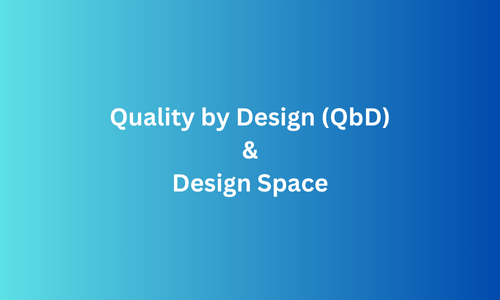Product Design and Understanding in QbD
Over the years, QbD’s focus has been on the process design, understanding, and control, as discussed in the ICHQ8 (R2) guidance. It should be emphasized that product design, understanding, and control are equally important.
Product design determines whether the product is able to meet patients’ needs, which is confirmed with clinical studies. Product design also determines whether the product is able to maintain its performance through its shelflife, which is confirmed with stabilitystudies.
This type of product understanding could have prevented some historical stability failures. The key objective of product design and understanding is to develop a robust product that can deliver the desired QTPP over the product shelf life.
Product design is open-ended and may allow for many design pathways. Key elements of product design and understanding include the following:
- Physical, chemical, and biological characterization of the drug substance(s)
- Identification and selection of excipient type and grade, and knowledge of intrinsic excipient variability
- Interactions of drug and excipients
- Optimization of formulation and identification of CMAs of both excipients and drug substance.
The steps taken to gain product understanding may include the following:
- Identify all possible known input material attributes that could impact the performance of the product
- Use risk assessment and scientific knowledge to identify potentially high risk attributes
- Establish levels or ranges of these potentially high-risk material attributes
- Design and conduct experiments, using DoE when appropriate
- Analyze the experimental data and, when possible, apply first principle models to determine if an attribute is critical
- Develop a control strategy
- For critical material attributes, define acceptable ranges
- For noncritical material attributes, the acceptable range is the range investigated.
- When more than one excipient is involved, these defined acceptable ranges may be termed formulation design space.







